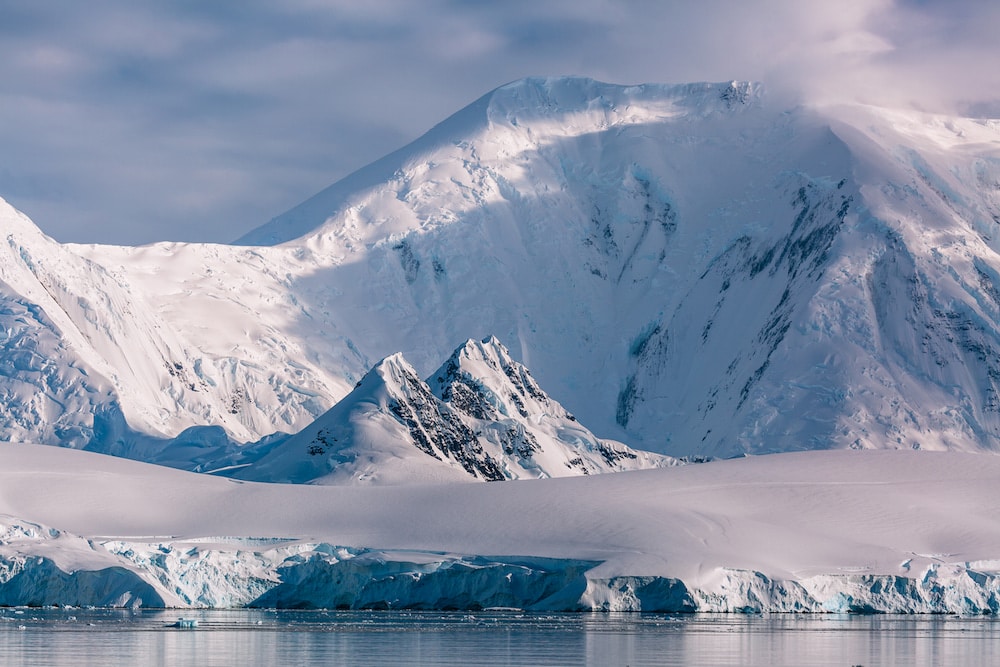A new study from an international team of scientists including researchers from the ANU has linked an increase in black carbon levels found in Antarctic ice to 700-year-old Māori land burning practices in New Zealand.
The findings, published in multidisciplinary science journal Nature, challenge past assumptions by demonstrating humans were responsible for environmental changes earlier, and on a much larger scale, than previously thought.
Professor Nerilie Abram, from the ANU Research School of Earth Sciences, said the pattern of wildfire fallout over Antarctica points to New Zealand being the source of the increase in fires dating back to the year 1300, which coincides with the arrival and settlement of the Māori people.
“It’s clear from this study that humans have been impacting the environment over the Southern Ocean and the Antarctica Peninsula for at least the last 700 years,” she said.
Professor Abram was part of the research team that analysed black carbon levels found in six Antarctic ice cores.
The ice from James Ross Island on the Antarctic Peninsula revealed a significant increase in black carbon that began in 1300, with levels tripling over the next 700 years and peaking during the 16th and 17th centuries.
The researchers were surprised to learn humans were impacting the environment on such a large scale long before the industrial era.
Read more: ANU’s greatest minds achieving world-first plastic solution
Lead author Dr Joseph McConnell from the Desert Research Institute (DRI) said the finding were “quite surprising”.
“We used to think that if you went back a few hundred years you’d be looking at a pristine, pre-industrial world, but it’s clear from this study that humans have been impacting the environment over the Southern Ocean and the Antarctica Peninsula for at least the last 700 years.”
The researchers determined New Zealand was the most likely origin of the increased black carbon emissions found in Antarctica after demonstrating charcoal records – which showed a major increase in fire activity in 1300 – coincided with the estimated arrival, colonisation and subsequent burning of much of New Zealand’s forested areas by the Māori people.
This is despite New Zealand’s relatively small land size and how far the smoke would have travelled to reach the ice core site on James Ross Island, more than 7,000 kilometres away.
“Compared to natural burning in places like the Amazon, or southern Africa, or Australia, you wouldn’t expect Māori burning in New Zealand to have a big impact, but it does over the Southern Ocean and the Antarctic Peninsula,” said Dr Nathan Chellman, from the DRI.
Get all the latest Canberra news, sport, entertainment, lifestyle, competitions and more delivered straight to your inbox with the Canberra Daily Daily Newsletter. Sign up here.



